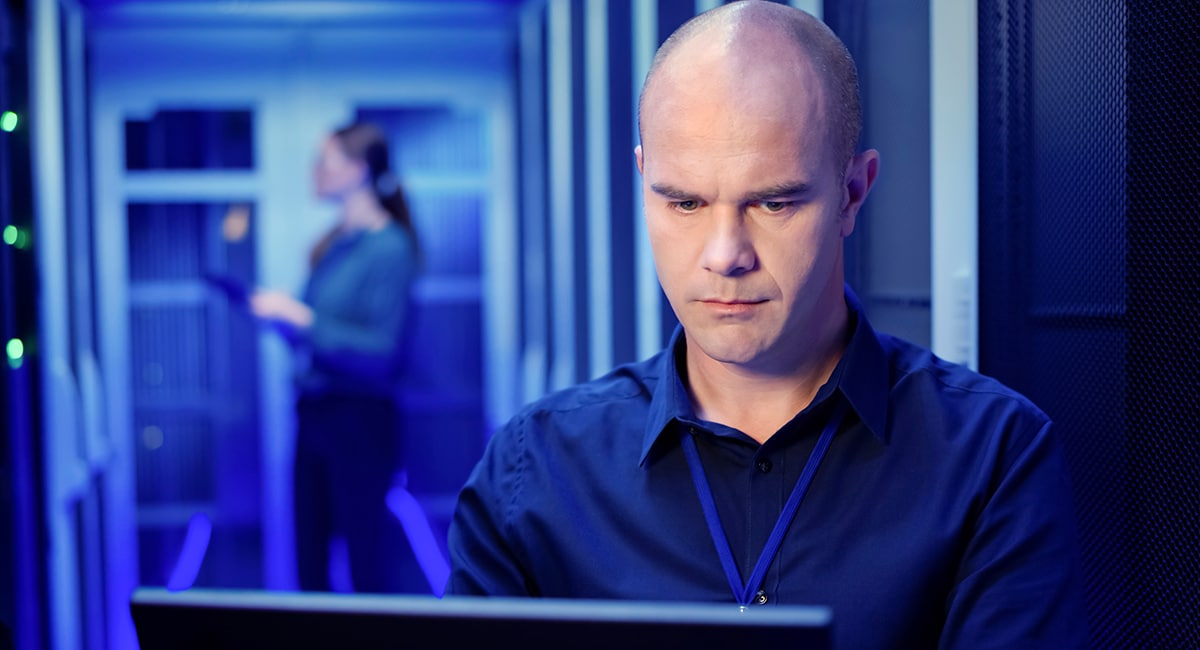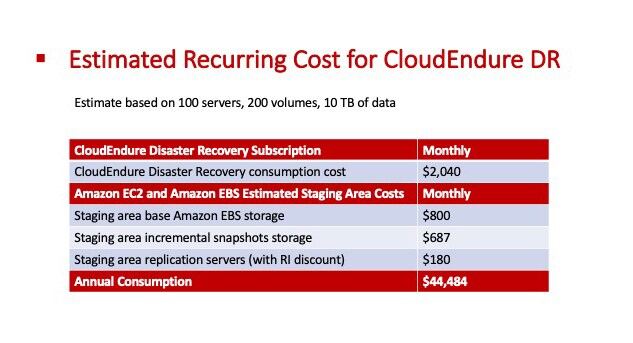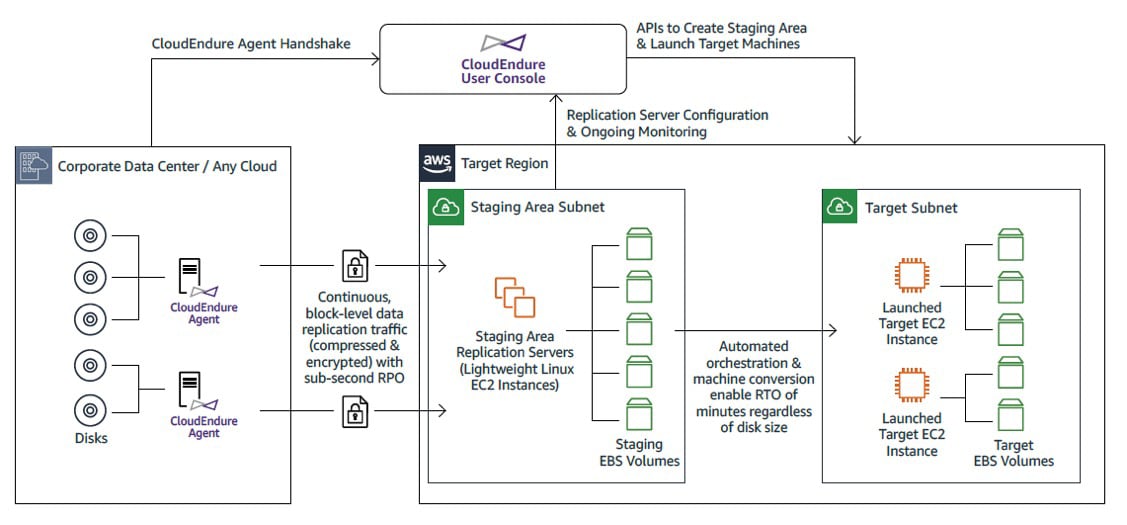November 17, 2020
Bringing AWS Into Your Disaster Recovery Planning
Partnering the cloud vendor with CloudEndure might be the right fit for your DR needs.

Learn how CDW can assist you with all of your disaster recovery needs.
Traditional colocation facilities or secondary data center locations in an active-active setup tend to have high costs by way of traditional data center expenses. Why build two data centers when you only need one?
Using traditional independent software vendor (ISV) solutions coupled with a handful of native cloud tools can keep costs low. But this arrangement requires cloud skillsets that most customers do not have in-house. For many customers, this means their Recovery Time Objective (RTO) is at risk.
DR with AWS and CloudEndure
So how do we implement DR with minimal cost and optimal RTO? Setting up a DR solution that offers true sub-second RTO seems like a daunting task, and expensive when you consider the resources needed to have a fully functioning duplicate infrastructure at a secondary location or within a colocation. Enter Amazon Web Services (AWS) and CloudEndure.
CloudEndure allows organizations to create a full DR staging site in AWS, with bit by bit replication of all data to the cloud. The moment a failure is detected, CloudEndure will automatically fail over to the DR site so your organization doesn’t miss a beat. CloudEndure takes the replicated data in the staging environment and automatically spins up a fully functional production environment in AWS. Below is an example of the run rate cost for DR in AWS using CloudEndure.

How Does CDW Implement CloudEndure?
The first step in implementing a DR strategy with CloudEndure and AWS is to analyze the existing environment and decide which servers are most critical to the continuity of your business. Could you replicate your entire environment? Sure, and in some cases it will be necessary. But for the sake of keeping costs down, most organizations will focus only on the mission critical servers first.
Once you’ve decided which servers are going to be replicated in the cloud, CDW engineers can assist with the setup of your AWS environment following the principles of a well-architected framework. This setup will ensure best practices for the security, cost optimization, performance efficiency, operational excellence and reliability of your cloud environment. Once completed, you are now ready to begin using Cloud Endure.
Now that the environment has been analyzed, you can make some decisions around RTO and Recovery Point Objective (RPO). Next, CDW sets up the staging environment in AWS. We will validate high availability and the DR target in AWS. Here is what a standard CloudEndure setup looks like.
On-Premises to Cloud; Cross-Region; Cross-Cloud

Testing and Debriefing Your DR Solution
Testing is imperative to DR. CDW includes testing time in all of our CloudEndure engagements. During the testing phase, we will track RTO/RPOs to ensure they match the decisions made from our initial analysis. We want to make sure that production automatically fails over to AWS during a test outage.
Finally, we debrief documentation and the test results while providing knowledge transfer, so you are ready to run on your own.
The final product will bring you peace of mind as you will no longer need to worry about the continuity of your business. Your data will be protected, and with automatic failover, your organization can continue to function. No more paying high DR as a service, “insurance policy” pricing. No more manual DR processes. Set it, pay minimal staging costs, test it, and then carry on knowing that if your data center fails, CloudEndure and AWS will handle everything. You are free to support your business in other ways that don’t involve trying to stand up new servers.
